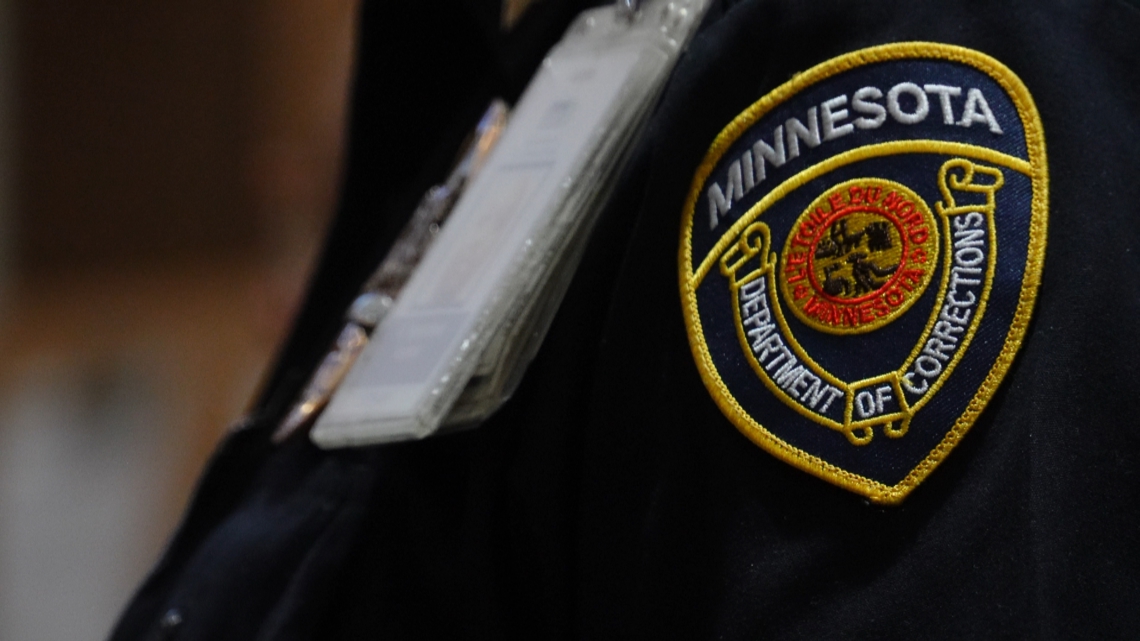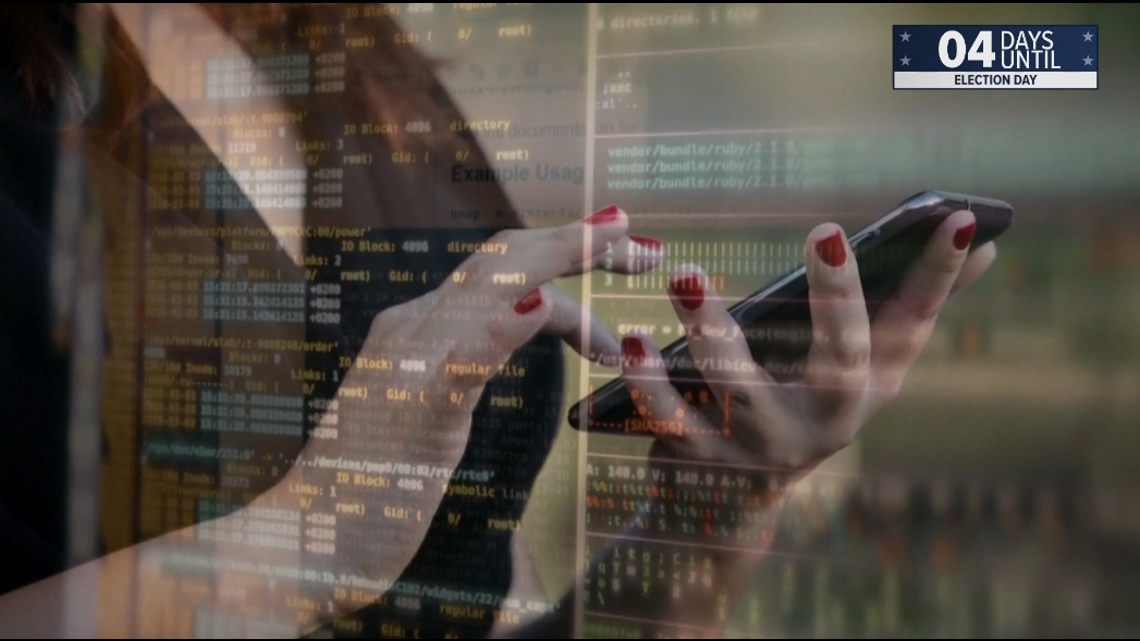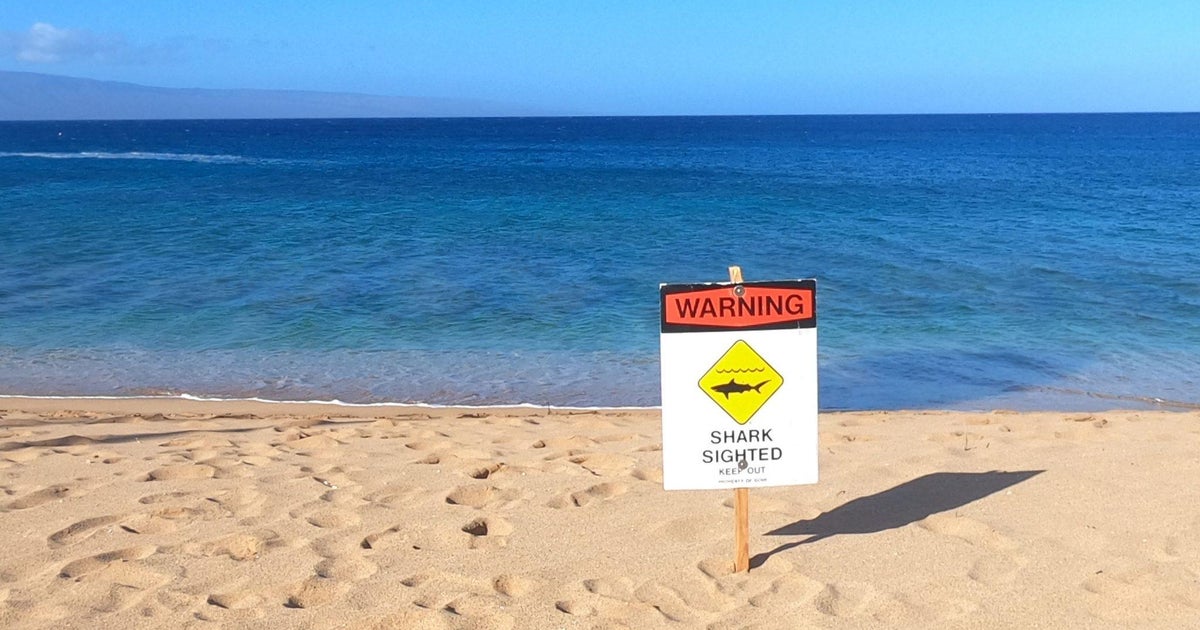Kare11
Grow with KARE: Keep watering, will ya?


Even though your plants and trees are well past the growing season, making sure they’re hydrated (especially after a dry mid-to-late summer) will help next spring.
GOLDEN VALLEY, Minn. — This is a popular question these days, should we keep watering even though it’s nearly November? The answer is simple.
A well-hydrated plant will survive the coming winter season far better than one that is starving for water. And you’ll notice the difference come spring and summer in both growth and flower quality.
In a perfect world you would water EVERYTHING right now – Trees, shrubs and perennials of all shapes and sizes. But we realize not everyone is able to do that kind of watering, depending on the size of your yard and garden… and time, of course.
If you can’t water everything, focus on these two things.
- All newly planted trees, shrubs and perennials
- Evergreens, including pines, spruce, fir, arborvitae, cedar, etc.
Water well once a week all the way up until the ground freezes. On average, that’s not until early December in the Twin Cities!
For smaller perennials and shrubs, a watering can or hose will probably do the job. But for large shrubs and trees, filling a 5 gallon bucket with a small hole drilled in the bottom will allow the water to slowly seep into the ground to fully water the roots.
And about that lawn… you can water that too until the ground freezes, but prioritize plants and trees.
Kare11
Everything you need to know before voting in Minnesota


Nearly a million Minnesotans have already cast their vote, and you can still vote early in-person through Monday.
MINNESOTA, USA — Nearly 1 million Minnesotans have already cast their vote, according to the Secretary of States Office, and you still have time to vote early in-person through Monday. But before you do, here are a few things to know.
If you plan to vote early, you can vote anywhere in your jurisdiction. However, if you plan to vote on election day, you can only do so at your designated precinct. You can find your precinct here.
If you are not registered to vote, you need to bring one proof of residence. The most common thing to do is show your Minnesota driver’s license. If you don’t have one, you can show another photo ID including an out-of-state driver’s license or a passport and an additional document showing proof of residence in Minnesota. A list of accepted forms of identification and proof of residence can be found here.
“The process itself, we try to make it as simple as possible,” said Minneapolis Director of Elections and Voter Services Katie Smith. “We’ve planned, we’ve prepared for anything and everything, but the overall spirit and the overall vibe at the polls has been really positive.”
Before you head out, you need to be aware of the dress code when you go to vote.
“We can’t have any campaign-related materials at the polling place, and that can include things like a pin, a button, a hat,” Smith said. “So leave those at home when you head out to vote.”
Hours at the Early Voting Center in Minneapolis are as follows:
- Saturday & Sunday, Nov. 2 & Nov. 3 — 9 a.m. to 3 p.m.
- Monday, Nov. 4 — 7 a.m. to 5 p.m.
On election day, polls in Minneapolis are open from 7 a.m. to 8 p.m. If you are voting by mail, your ballot must be returned by 8 p.m. on Tuesday night. Election officials say to find a time before then to drop off your ballot at the election office in your area.
If you have been convicted of a felony, but are not currently incarcerated, you are able to vote.
Kare11
DOC Commissioner explains changes to mail system


Mail will now be sent to Maryland to be screened by TextBehind, who will copy the mail and send it to Minnesota prisons.
ST PAUL, Minn. — Mail sent to Minnesota prisoners will now make another stop before finding its way into jail mailboxes. Starting Nov. 1, the Minnesota Department of Corrections is now under contract with TextBehind, a mail screening service, to check mail before it makes its way into Minnesota prisons.
TextBehind is based in Maryland, meaning mail will make its way there first before heading back to Minnesota. Mail sent will also be copied, and the copies passed along.
DOC Commissioner Paul Schnell says that decision comes down to safety.
“We have to deal with problems as they present,” he said. “And this is a problem that has presented.”
That problem stems from synthetic drugs making their way in through the mail system. In the Stillwater prison, an inmate has died and several staff members were hospitalized because of those drugs.
Schnell says many of their facilities aren’t equipped to properly screen mail like TextBehind can.
“It goes to a place that has, that is set up for this kind of work. Hooded, vented, all of that kind of stuff,” Schnell said. “We don’t have the venting, remember, most of these, many of these facilities are over 100 years old.”
Copies of mail are not new inside some Minnesota prisons. Stillwater was one of three facilities photocopying all mail, then returning the copies to inmates. Originals were destroyed.
Inmates voiced their concerns to KARE 11, saying copies don’t hold the same emotional value as originals – like drawings and handwritten letters – do.
“I understand that there’s a level of, you know, sensitivity, and some personal nature that can be lost in that,” Schnell said. “At the same time, you can’t let people die in prison, and we’ve had people die in prison.”
Schnell also says this will save costs. That contract is $540,000 and is currently just for the next year.
“The reality is that we can look at one facility where we were piloting and saw that our toner costs were running near $20,000. That’s just toner, that doesn’t include staff time, that doesn’t include the machines that we had to rent,” Schnell said. “So you start to add this up across the system, and you can start to see really quickly how that $20,000 is $240,000 for a year in one facility… this is $540,000 for all 8,000 incarcerated people who are in custody.”
Schnell says this will also speed up mail delivery. He says when staff inside Minnesota facilities were copying mail themselves, they saw delays of nearly two weeks at times.
Inmates KARE 11 spoke with told us they had concerns about the new mail system, saying they believe some won’t want to send letters, knowing it has to go all the way to Maryland. Others said there’s more that can be done without having to change the mail system.
“We need all hands on deck, you know what I mean? Just can’t be one side, you have to be both sides,” James Reed, serving time in Stillwater for murder, said.
Others say there needs to be more programs set up for inmates to succeed. Rich Scheibe, also serving time inside Stillwater for murder, says he supports starting a group for those trying to break their addictions.
“There isn’t a single Narcotics Anonymous support group in here. There’s Alcoholics Anonymous, yes, but not Narcotics Anonymous, and they are two very distinct addictions,” Scheibe said. “So I think that’s one thing that really could be initiated in here to help at least address that issue.”
We asked Schnell if there was a possibility of synthetic drugs ending up inside facilities by ways other than through the mail.
“We’re always going to be focused on policing ourselves. We have, to that’s the fundamental to public trust,” he said. “That’s fundamental to making sure that that’s good security, and so, we are going to continue to do that? Are we going to step that up? We want to make sure we’re stepping up all efforts that are going to improve the safety for everyone who lives in or works at these facilities, and if that means that we’re going to we do additional search stuff with our staff, that could happen.”
Kare11
Targets of election deepfakes extend beyond the candidates


The CEO of Reality Defender says his biggest concern are localized deepfakes that could undermine election staffing, turnout and overall trust.
MINNEAPOLIS — When a deepfake robocall of President Biden urged New Hampshire residents to stay home during the primary election back in January, many wondered how something similar might be used to manipulate voters in the general election.
“It’s a question we’re getting every day, probably actually a few times a day given the prevalence of (deepfake) tools,” said Ben Colman, co-founder and CEO of Reality Defender, a company that uses artificial intelligence models to detect AI generation and manipulation in audio, video, images, and text.
Colman said he’s seen the amount of election-related deepfakes climb even more in recent weeks.
“We’re seeing tens of thousands, if not hundreds of thousands of social media accounts that themselves are deep faked accounts where the profile photo is fake, the media is fake and they’re being used to propagate and create a bit of an echo chamber to make certain topics more trending than others.”
Kent: “What would you tell people about how to defend against it?”
Colman: “Our company is 50 people with a five-to-one ratio of PHD researchers and engineers to non-technical (staff). Even the PHDs in our team cannot tell the difference with their own naked eyes, which really means that an average person doesn’t stand a chance. What I tell people is, you know, be really careful where you’re seeing media. The challenge as the consumer is that the platforms themselves – social media and streaming – are doing nothing. If anything, they’re benefiting from the echo chamber for more clicks for more advertising, more revenue. We used to say trust but verify. Now we say you can’t ever trust and you always should verify and just be very careful where you’re getting your information from.”
Erdahl: “What keeps you up at night when it comes to this election?”
Colman: “It’s not the famous people, it’s not the deepfakes of Kamala Harris or Donald Trump. It’s the deepfakes that may affect the most junior people who are the most important to facilitating a safe election. We are seeing poll workers getting potentially deep fake phone calls for them to go one place or not go one place or perhaps saying that a polling location is closed. And if you think about the tightness of the races in regions like Michigan and Wisconsin, the challenges are really, really dangerous.
I also think about average citizens getting a phone call from their boss saying I need to work early, or getting a phone call from someone who sounds like their husband or wife saying come home early. In certain areas of the country when less than 10,000 votes can sway the whole country’s electoral process. It’s not that many people that are needed to actually change the vote, so that keeps me up at night.”
While there’s no quick fix for the days ahead, Colman says Reality Defender is working with some companies on ways to detect deepfakes on their platforms.
“With AWS and NVIDIA, we launched our real-time video AI detection,” he said. “So for the Zoom we’re having right now, we can – in real-time – detect if you or I are real or a deepfake.
We also recently announced a partnership with Eleven Labs on how we can better detect their generative AI model. So you could think of us as anti-virus software where we’re working with some of the kind of producers of potential dangerous tools to be able to detect them before any consumer has access to them.”




